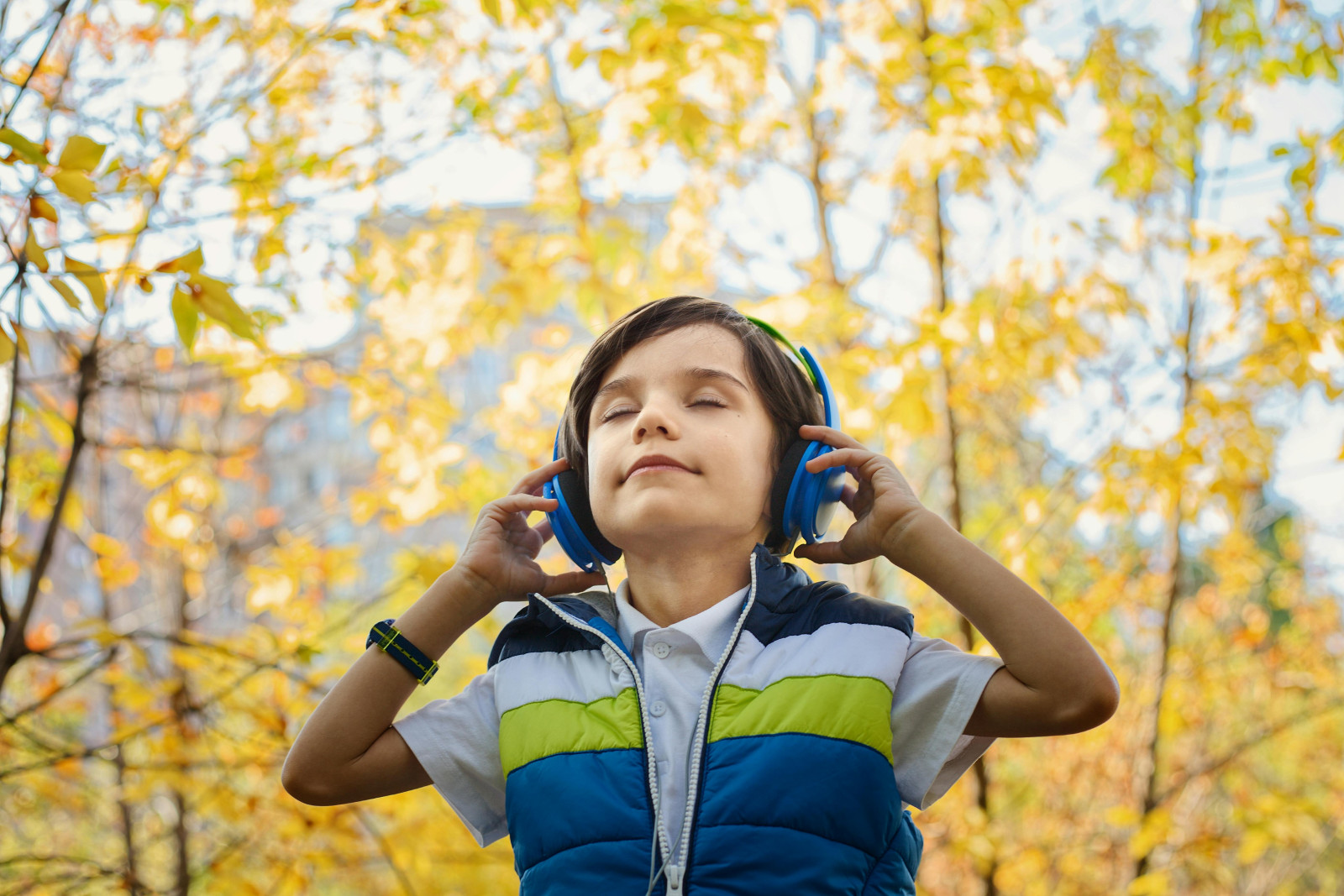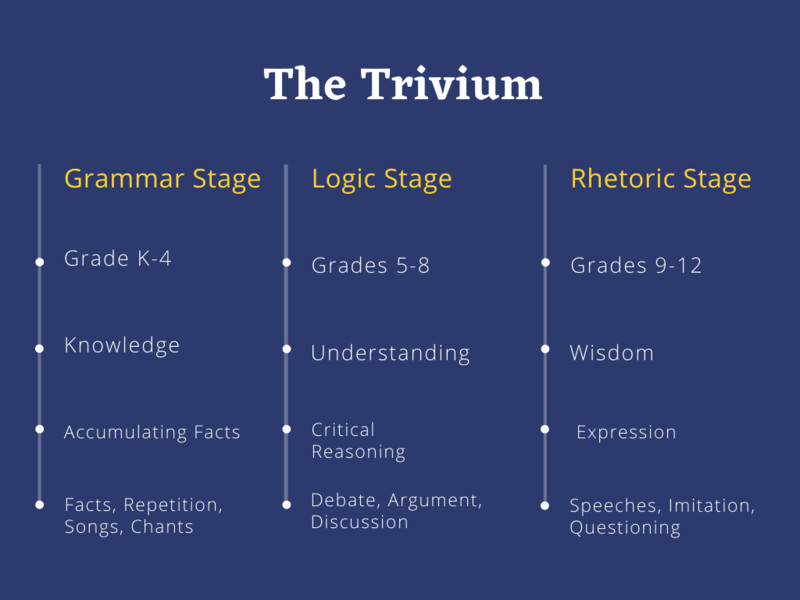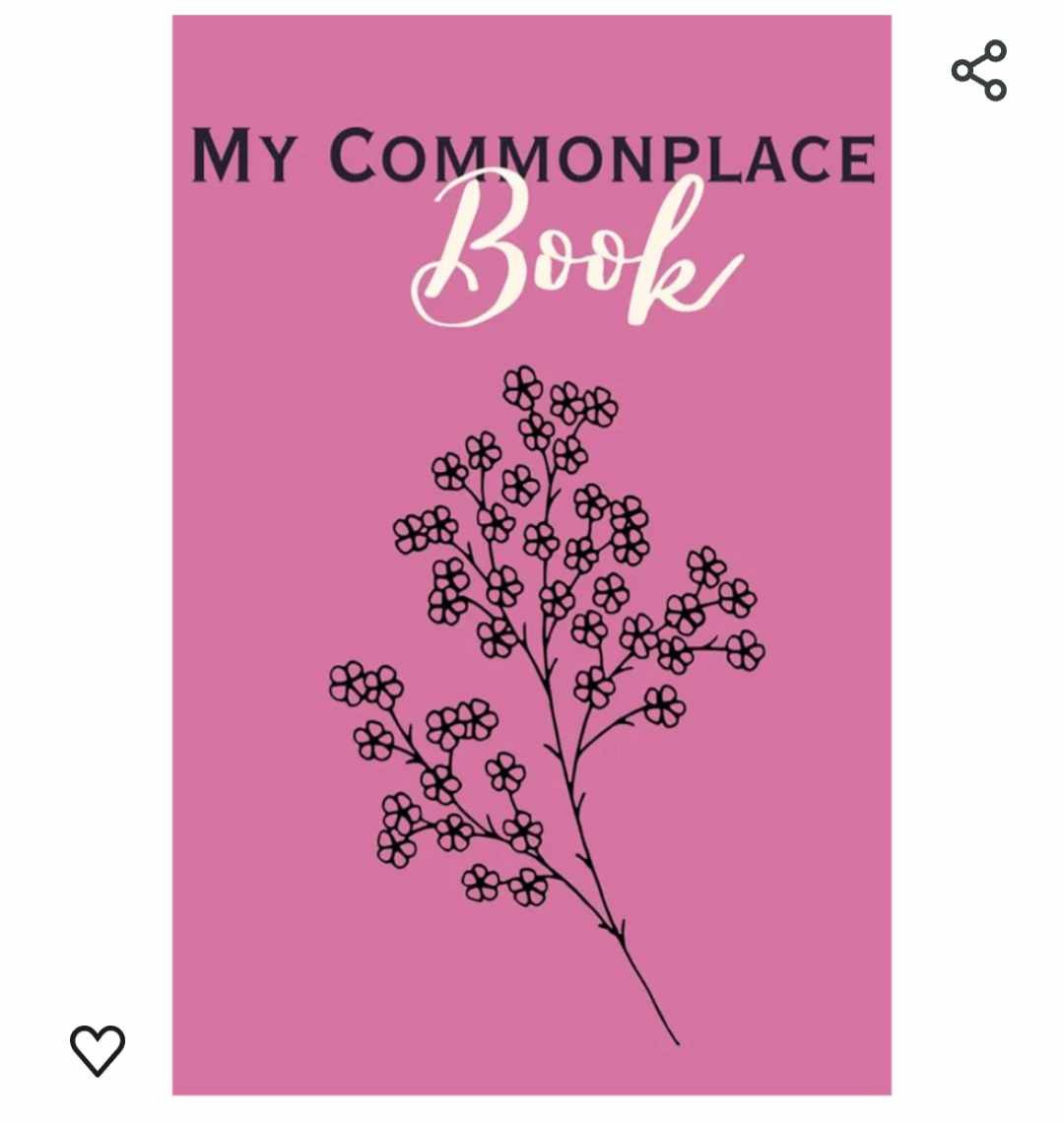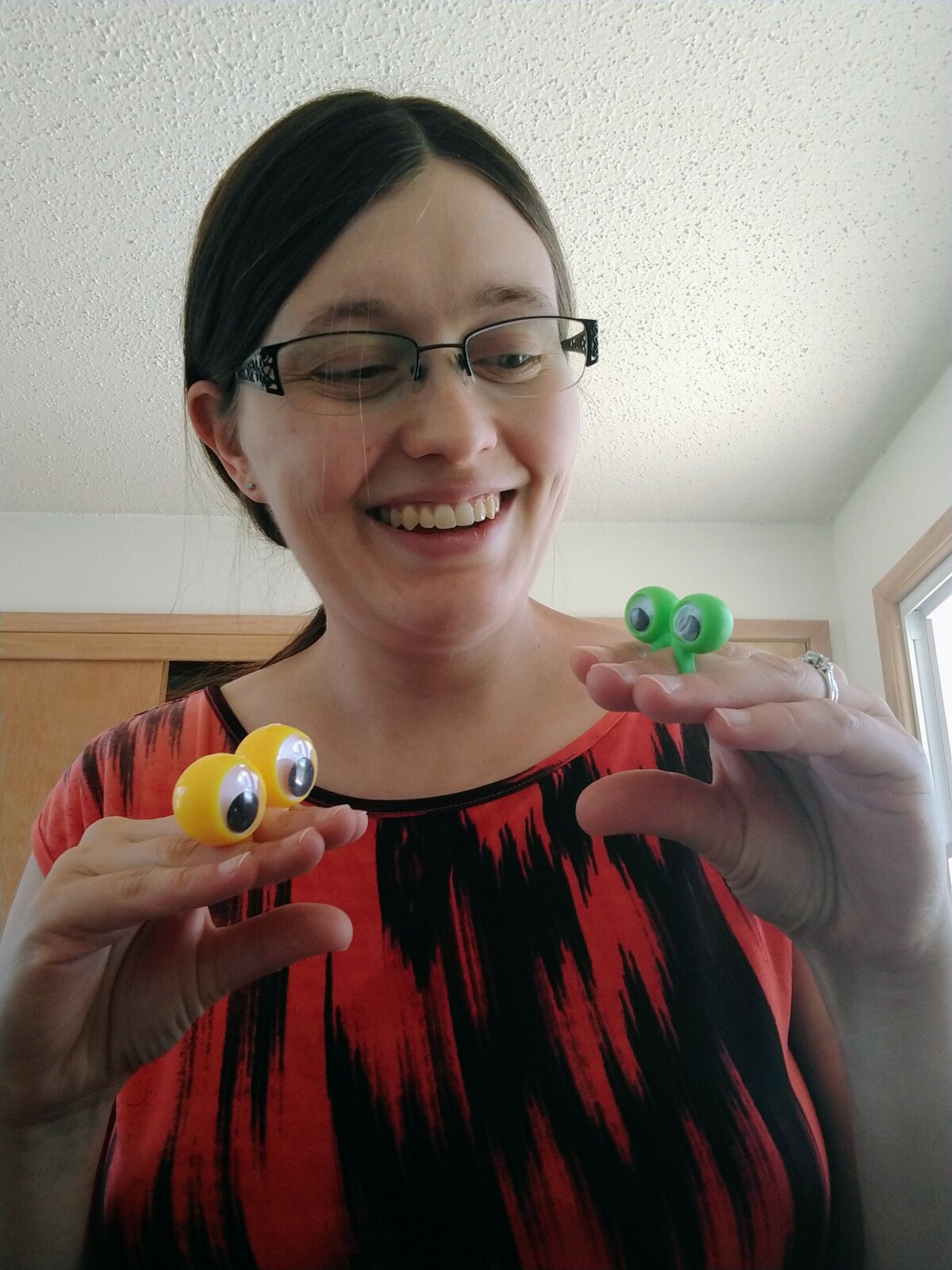
Intrigued by some of the ideas above, but don't know where to begin? Simple systems of how to implement these and much more will be included in the Classical Collective Membership! Sign up here to learn more and for pre-launch sale details.



- Cultivating Intellectual Curiosity: A commonplace book inspires children to actively engage with the material they encounter versus being a passive learner. By transcribing passages and quotes that captivate their interest, they delve deeper into subjects, fostering a profound understanding and sparking a thirst for further exploration while also working on handwriting (if you so desire).
- Enhancing Learning and Retention: Studies have shown that the act of writing by hand enhances memory and comprehension. As our children summarize, paraphrase, and synthesize information in their commonplace books, they reinforce their learning and internalize key insights more effectively, seeing connections between different authors, ideas, and concepts.
- Fostering Creativity and Inspiration: Commonplace books serve as a wellspring of inspiration for young writers, artists, and thinkers. By capturing snippets of prose, poetry, and ideas that resonate with them, our children cultivate a reservoir of creativity to draw upon in their own creative pursuits.
- Promoting Reflection and Growth: Regularly revisiting their commonplace books allows our children to reflect on past experiences, insights, and lessons learned. It provides a space for self-discovery and personal growth as they glean new perspectives and wisdom from their collected entries.
- Building a Personal Legacy: Over time, our children's commonplace books become a reflection of their intellectual journey and worldview as they grow and learn. They can serve as a legacy for future generations, offering glimpses into their thoughts, interests, and values.
- Choosing a Format: Whether it's a physical notebook, a digital document, or an online platform, our children can select a format that resonates with their preferences and learning styles. Here are a few I created, but any notebook or artpad will do: Foliage version, floral version, and music version.
- Gathering Materials: Encourage them to collect pens (I love these), pencils, highlighters, and other tools (even stickers!) to personalize their commonplace books and make the process enjoyable -- encourage that creativity!
- Capturing Ideas: As they read, listen, or engage with new material, prompt them to draw or jot down passages, quotes, and insights that speak to them. Emphasize the importance of including the source (title/author and page number) and any relevant context to facilitate future reference should they want to reference it again later.
- Organizing and Reflecting: Guide them in periodically reviewing and organizing their entries, perhaps categorizing them by theme, subject, or relevance if the type of journal or notebook you chose allows for that. Encourage them to reflect on the connections and patterns that emerge, fostering a deeper understanding of their learning and the world around them.
- Sharing and Connecting: Consider facilitating discussions around excerpts from their commonplace books or encouraging them to share their insights with like-minded peers. Commonplace books provide a rich source of conversation and connection, fostering a sense of community and intellectual exploration.











